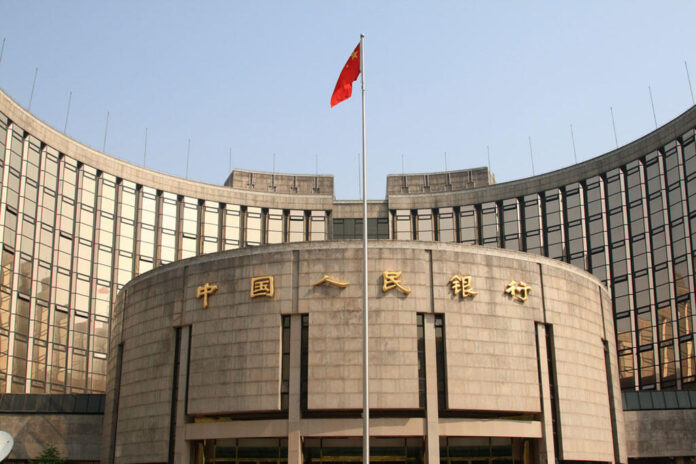BEIJING: China’s central bank unveiled a key interest rate reform on Saturday to help steer borrowing costs lower for companies and support a slowing economy that has been hurt by a trade war with the United States.
The People’s Bank of China (PBOC) said it will improve the mechanism used to establish the loan prime rate (LPR) from this month, in a move to further lower real interest rates for loans in a market-based way.
“By reforming and improving the formation mechanism of LPR, we will be able to use market-based reform methods to help lower real lending rates,” the PBOC said in a statement published on its website.
The central bank will “deepen market-based interest rate reform, improve the efficiency of interest rate transmission, and lower financing costs of the real economy,” it said.
Chinese banks’ new LPR quotations will be based on rates of open market operations, and the national interbank funding centre will be authorized to publish the rate from Aug. 20, the PBOC said. It added the rate will be published every month on the 20th, effective this month.
Banks must set rates on new loans by mainly referring to the LPR and use LPR as the benchmark for setting floating lending rates, the PBOC said, adding that banks will be barred from setting any implicit floor on lending rates in a coordinated way.
The move followed pledges from China’s State Council on Friday that the country will rely on market-based reform measures to help lower real interest rates for companies.
This week’s data broadly showed China’s economy stumbled more sharply than expected at the start of the third quarter, as the intensifying trade war with the United States took a heavier toll on businesses and consumers. Second-quarter economic growth slowed to a near 30-year low.
China’s banks currently price their loans based on the benchmark lending rate that has been kept unchanged since October 2015, hampering official efforts to lower borrowing costs.
Tang Jianwei, an economist at Bank of Communications in Shanghai, said the reform could be seen as a guided rate cut as PBOC can guide rates of its open market operations, which will be closely followed by the LPR.
“The tool (LPR quotation reform) equals to a guided rate cut, and is only pushed out by the PBOC at crucial moments,” said Dai Zhifeng, analyst with Zhongtai Securities Co.
The central bank has pledged to gradually unify two interest rate “tracks” – its market-based rates developed in recent years and its benchmark bank deposit and lending rates.
In July, central bank head Yi Gang said China would keep its benchmark deposit rate for a relatively long time, but would phase out its benchmark lending rate in the push to unify the benchmark lending rate and market-based rates.
The central bank said on Saturday that it will strengthen its supervision on banks’ rate quotations and punish banks for irregularities that disrupt the market order.
The central bank will incorporate LPR application into its macro-prudential assessment (MPA) to urge banks to use LPR pricing.




